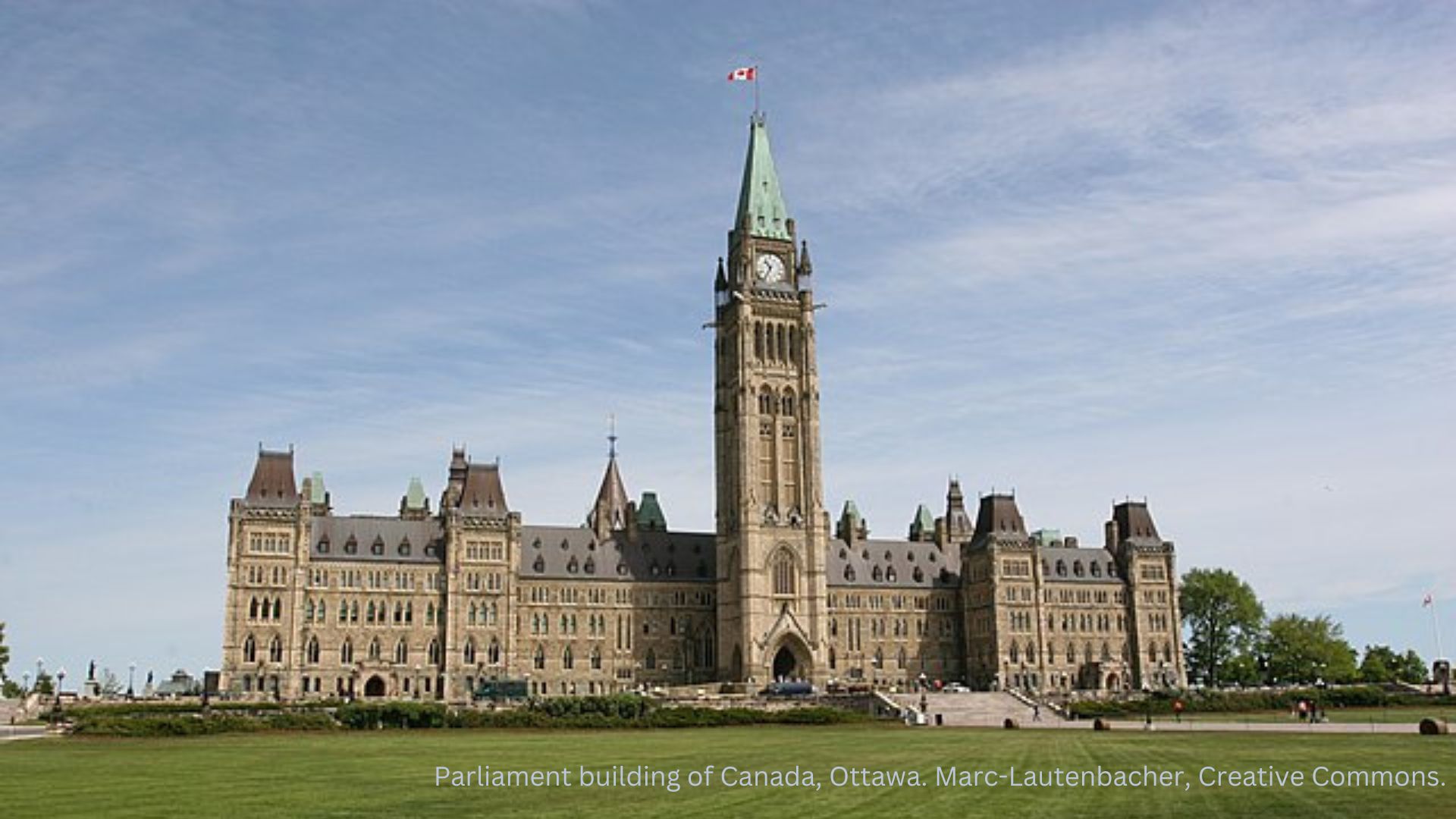
By Dorothy Dobbie
A court is restricted to the interpretation of codified language. Canadian courts are not authorized to interpret the will of the people, which right is abrogated to the representatives that citizens elect and who can be removed every five years if the people choose.
The recent use of the Notwithstanding clause by various provinces has prompted much discussion over its legality and appropriateness. In many ways this exemplifies the debate over the balance of power between legislators and the courts.
When the 1982 constitution was negotiated, repatriating Canada’s constitution from Britain and codifying an amended Charter of Rights that had been introduced by a previous Diefenbaker Government as the Bill of Rights, there were very deep concerns among some of the provinces that they were signing away their sovereignty.
In Canada, the delicate tension between provincial and federal jurisdictions has been a key component of our confederation from the beginning. Getting that balance right is what made it possible for French and English Canada to join hands and form a new nation. Understandably, Quebec felt compelled to guard its provincial sovereignty, as well as its civil code of law and its language as inalienable from who they are as people. But other provinces felt just as concerned about an overreaching federal government intruding on their jurisdiction for “people” and local affairs and more importantly, imposing programs on them that interfered with their priorities and budgets.
Under the British North America Act (as our original constitution was known) Parliament was supreme without reference to the Court whose sole responsibility over how the country was governed was to adjudicate jurisdictional disputes between the provinces and the federal government or to rule over criminal law appeals. The introduction of the new Charter of Rights and Freedoms to the Constitution and with it the Notwithstanding clause changed that.
Provinces that could formerly exercise lawmaking decisions within their jurisdictions were now forced to refer to the Charter. The Notwithstanding Clause gave them the opportunity to resist, for five-year periods, provisions under Sections 2 and 7 through 15. These clauses deal with fundamental freedoms, legal rights and equality rights — but the clause cannot be used to override democratic rights.
The first challenge came from Quebec, immediately upon the adoption of the Charter in 1982 when the province invoked the clause in an omnibus bill to cover all its legislation. That act of defiance expired in 1987 and was not renewed. However, in 1988, Quebec again invoked the Notwithstanding clause to override a Supreme Court of Canada ruling that struck down a Quebec decision to allow only French on commercial signage.
Since that time, Quebec again, and Saskatchewan, the Yukon, Alberta and Ontario have used the clause.
What has this to do with the supremacy of Parliament over the decision of the Courts? It is fundamental to our parliamentary democracy. This clause basically says that notwithstanding our commitment to certain “rights” and freedoms in Canada, the will of the people, through its elected body, may override these “rights” (essentially privileges) under circumstances that may arise. It understands that a court is not authorized to make judgement calls but is restricted to the interpretation of codified language.
In many ways this highlights a fundamental difference between the English and French psyche. England and English-speaking Canada are ruled by common law where precedence preserves the original intent of the legislation and helps guide decisions, while the French psyche demands a written set of rules that are meant to be immutable.
Not everyone sees the role of the courts in such clearly defined terms. They would argue that the Court’s job is to interpret the rules (laws) and that “no one is above the law”. This overlooks two facts: 1. legislators created the rules and can change them, and 2. language is inexact and fluid – what is understood now is not necessarily what was intended by the framers of the law being examined. Reference to precedence is critical to keep the intent alive.
Justices are also human, and their interpretation of the law can be influenced by inherent biases. At certain times, Courts can also be dominated by political appointment (a case in point is the American debate about abortion and the issue of Roe Vs Wade which is said to have been influenced by political appointees to the court).
Finally, all of this must be viewed with an understanding of the role of the provinces in a confederal state. All communities are shaped by their environment. Canada is a vast country with many physical differences and very diverse communities governed by history, sources of immigration, indigenous populations, the time of entry into Confederation, and so on. So, while the media often complains that there should be “equality” between the provinces, this is said without reference to the facts and without understanding jurisdictional differences.
The notwithstanding clause is a healthy escape valve guaranteeing the paramountcy of Parliament and therefore of you, the people.


